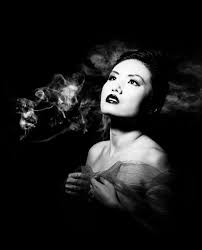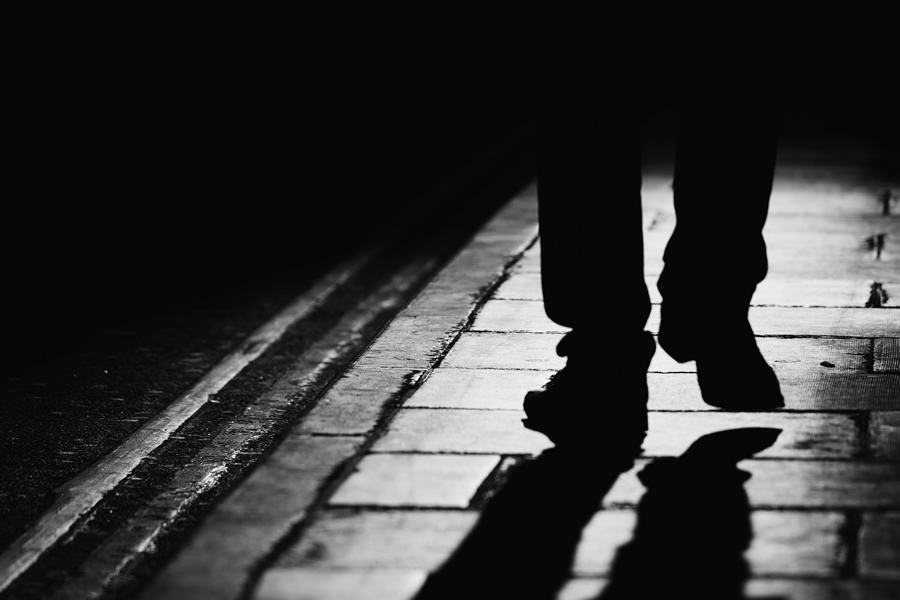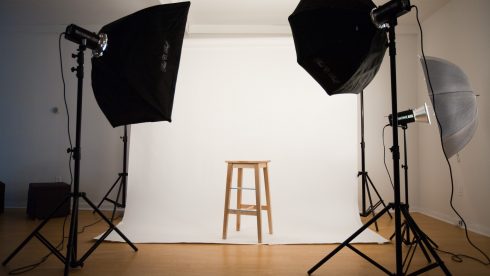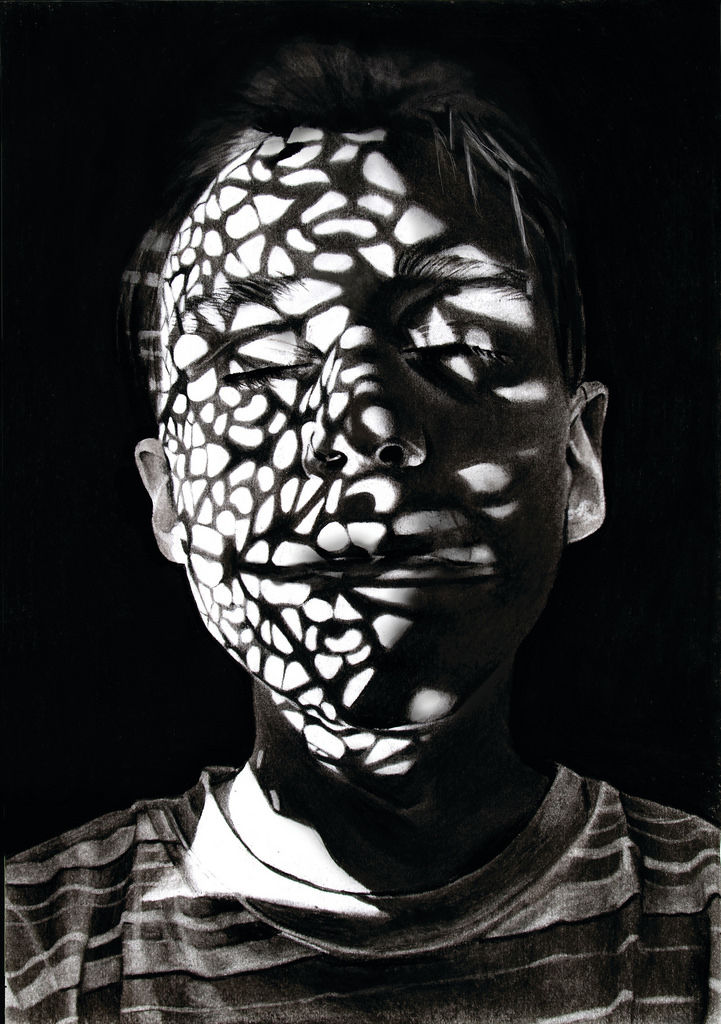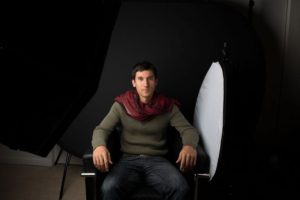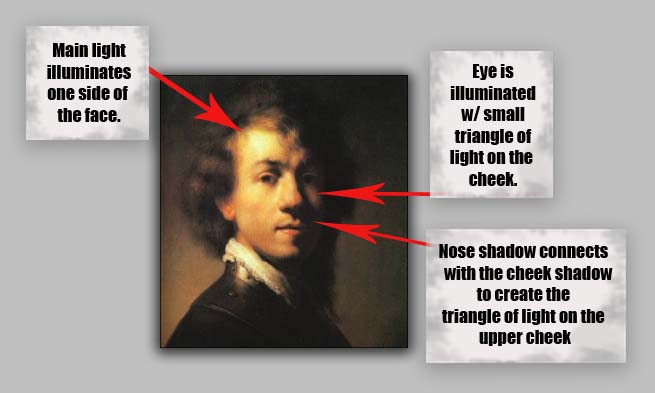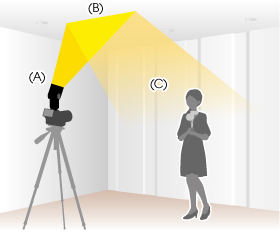My first idea for the shoot would be using a mirror:
Aim:to emphasis the conceptual concept of no feeling and belonging,having no self worth and an abandonment of skin and bodies reflected. A misjudgment of self image and crack within how they see their own idealistic beauty.

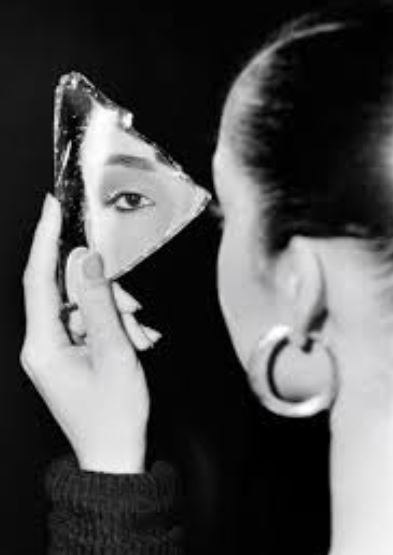
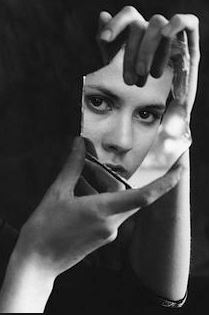
within these images you can see the development of the idea to show a broken aspect of themselves and how they are showing themselves but only in small fragments as they do not have a whole identity. The hands further the interesting composition and enhance the atmosphere as a whole to make it highly effective and creates an almost lack of body and perhaps being to the body themselves. 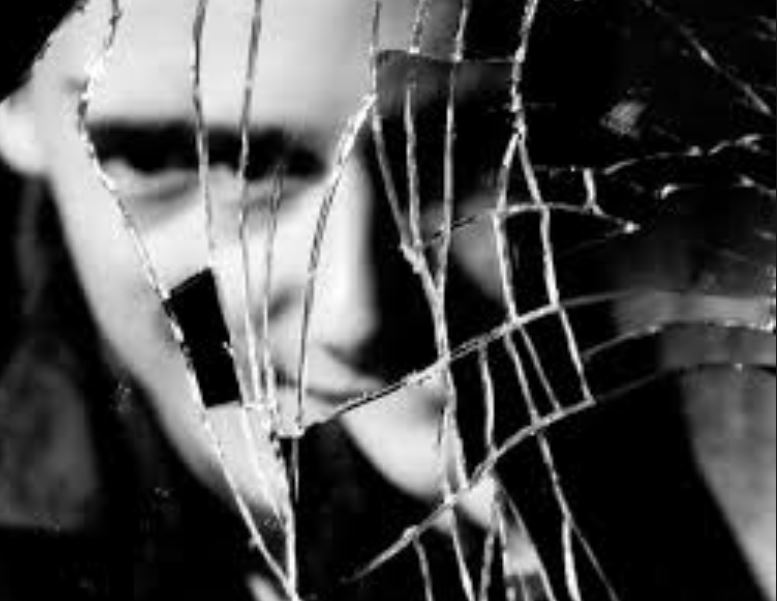


The broken glass idea is very interposing as it shows a repetition of the face and the broken glass creates an interesting pattern of the piece itself.the break also successfully symbolizes their attitude towards themselves and perhaps the persona in which they carry.

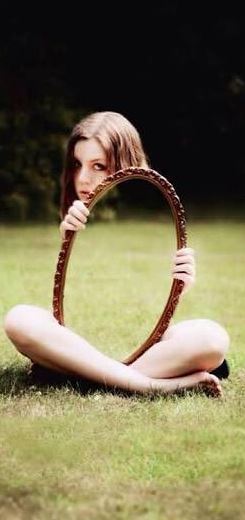
Lastly these images are more to create an interesting illusion to the segment,it shows a lack of body and a sense of perfection to them looking into their identity as a whole.
I was inspired by these images due to their interposing sense of composition in interesting illusion when it comes from broken class repletion of the face or an absence of the body.The direct eye contact and use of the hand shows a sense relish and connection between being broken and then a similar reflection of themselves.I wanted to also further look into artists who’s main theme of experimentation is glass.
Guilliaume Amart is a photographer who uses mirrors in landscapes in order to reflect a person or even a different segregated view of the scene itself. mirrored stand in various landscapes, reflecting the opposing environment back within the image to create a double interpretation of the surrounding scene.concentrate on the double interpretation of the landscape.He has the aim to produce a dream like atmosphere,and enjoys to suggest floating figures within his work. Within the mirror he is known to photograph himself in black so it is purely figurative but connotes a man lost within himself but still the center of the artwork. He is quite mathematical within his work and uses industrial aspects intertwined with more natural areas. The work is highly interesting and intricate and i would would to produce many of his works that contain people within the atmosphere as it demonstrates a sense of suspension and actuation within the illusion of actually being in the forwarded presented scenario.

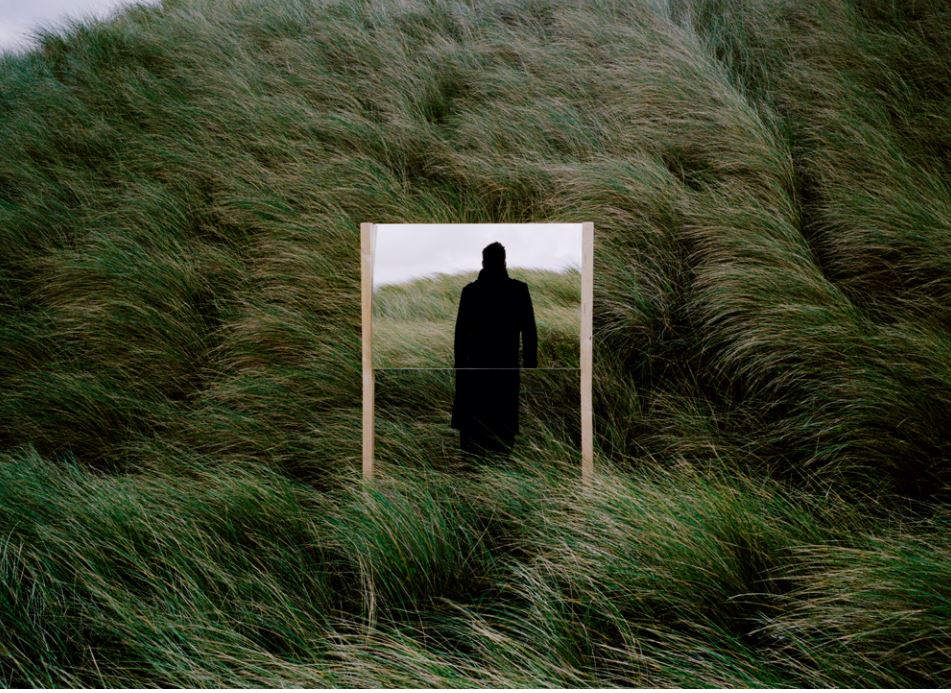
This image is my favorite image from my artist,this is due to the interesting composition to the piece itself,It allows a completely hidden shadowed figure as a face reflected within the glass but then also behind the glass is a figure to add an illusion of someone standing in front and not as an illusion itself. I like the juxtaposing textures of the natural and then quite industrial dark tonal man. The mirror itself blends into the scenario and presents almost a frame of direct attention to the image.
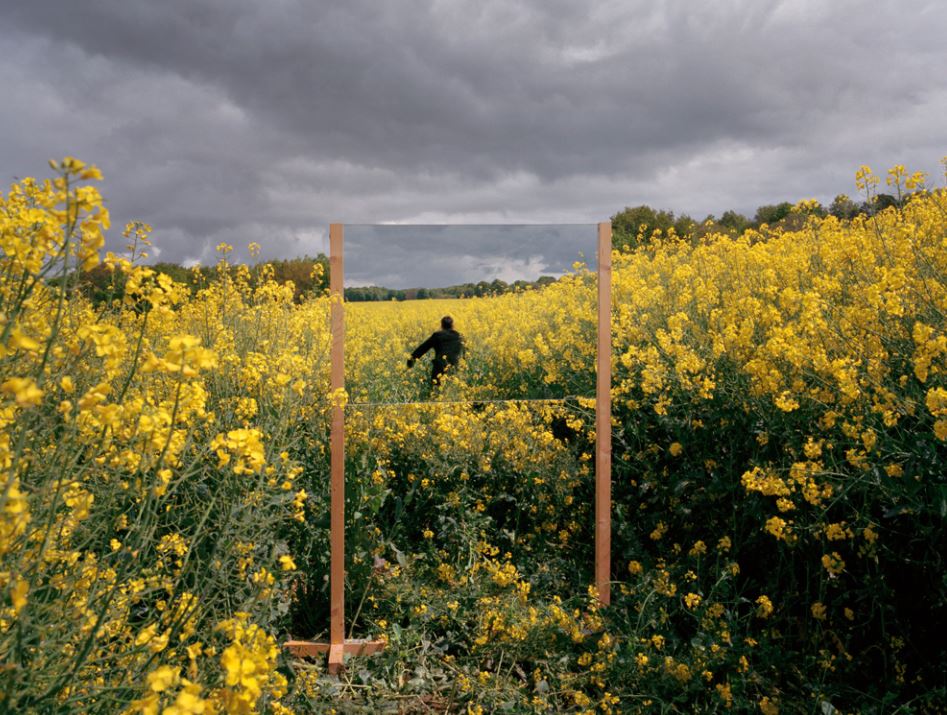
My ideas are very reliant and abstract from the techniques,artists and editing techniques said above,I want a large create diversity to show an experimentation within the techniques and then the outcomes as a whole.
Finally overall throughout my shoot I want to be able to show a clear coherent blend of all these ideas that still successfully present a lack of identity.
possible editing techniques;
1)Make a print and scratch away the face
2)Within the mirror add someone else face or a black hole
3)Pulling apart their body and a rip
4)Use a crack mirror ad repetition of the face
photos
: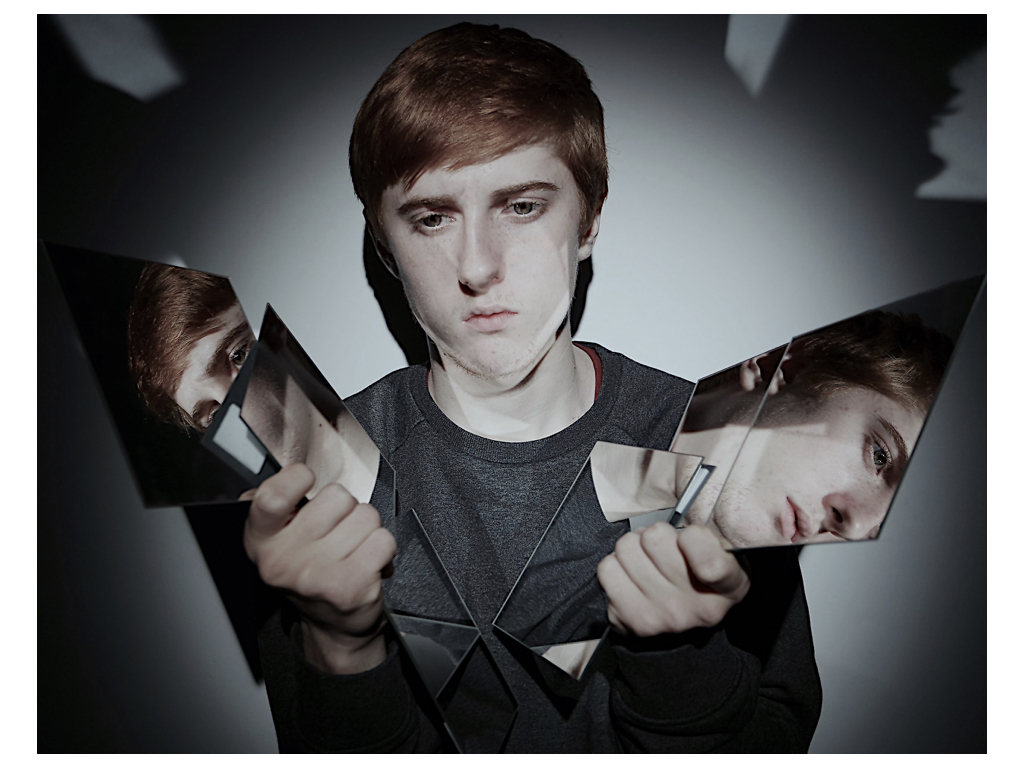 This is my best image due to the interesting and dynamic composition to the piece itself, it allows many reflections upon the face and duplication within the mirror that also have a sense of expression of emotion within the face.the lighting does not allow any unnecessary shadows and also allows for high intense light upon the face and the harsh diffusion of darker tones surrounding the image.The scattered mirrors and facial expression allow a sense of self confusion and defeat within the piece itself, so successfully showing many sides to himself and many ideas of identity that he is unsure about. The rigid reflection also allows a harsh highlight on themselves and purposing who their and what they can be.
This is my best image due to the interesting and dynamic composition to the piece itself, it allows many reflections upon the face and duplication within the mirror that also have a sense of expression of emotion within the face.the lighting does not allow any unnecessary shadows and also allows for high intense light upon the face and the harsh diffusion of darker tones surrounding the image.The scattered mirrors and facial expression allow a sense of self confusion and defeat within the piece itself, so successfully showing many sides to himself and many ideas of identity that he is unsure about. The rigid reflection also allows a harsh highlight on themselves and purposing who their and what they can be.
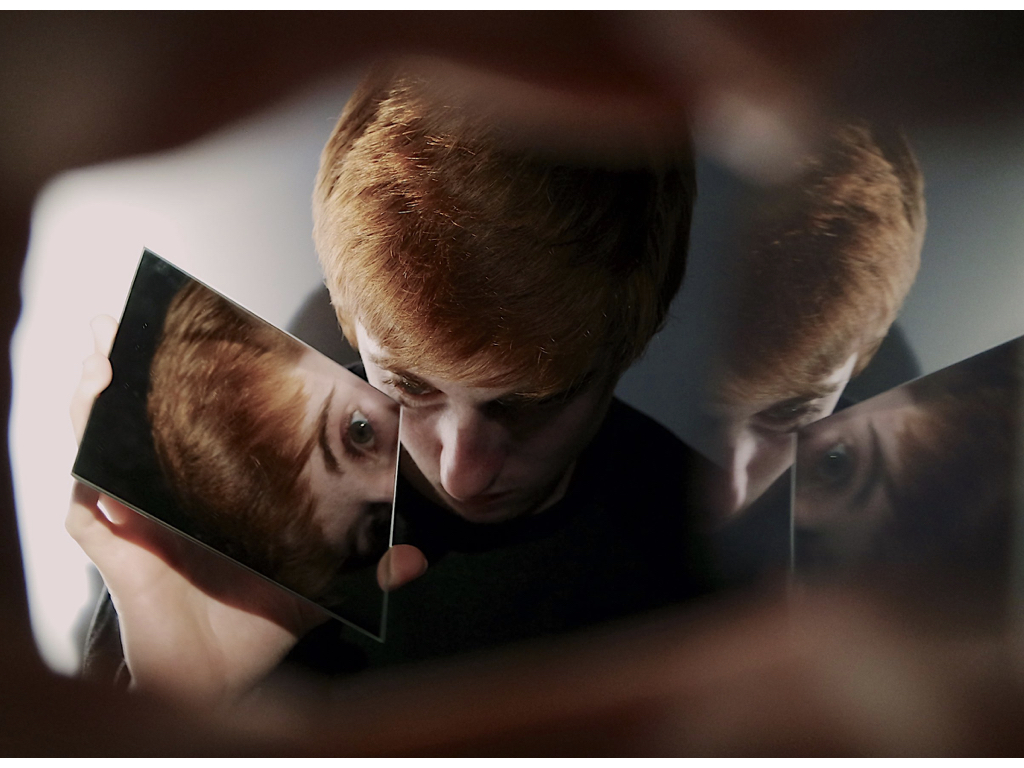
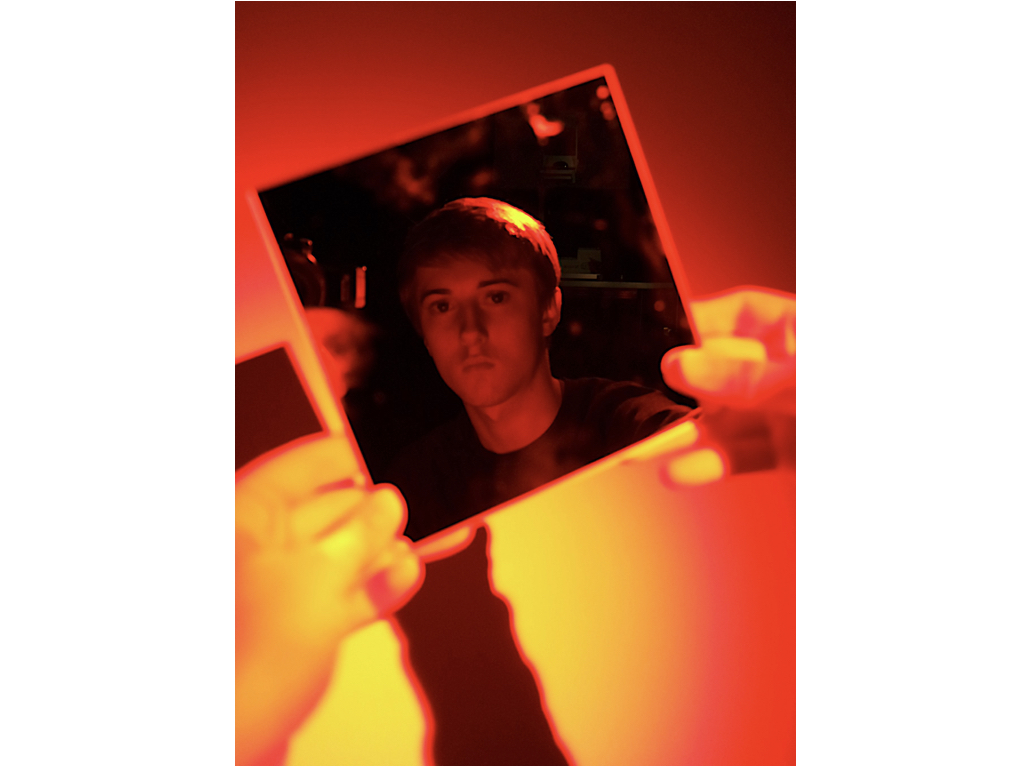
 This next image was inspired whiten just a hand and a face seen within the reflection , thought this was quite an impact stance so I wanted to further this idea and use red light to create a more intense and successful image to the piece itself.The deep negative tones allow a highlight on his face and ht illusion that it is only himself seen within he reflection of the glass. It also has strong connotations to that of a negative studio and a sense of history and time to the piece itself.
This next image was inspired whiten just a hand and a face seen within the reflection , thought this was quite an impact stance so I wanted to further this idea and use red light to create a more intense and successful image to the piece itself.The deep negative tones allow a highlight on his face and ht illusion that it is only himself seen within he reflection of the glass. It also has strong connotations to that of a negative studio and a sense of history and time to the piece itself.

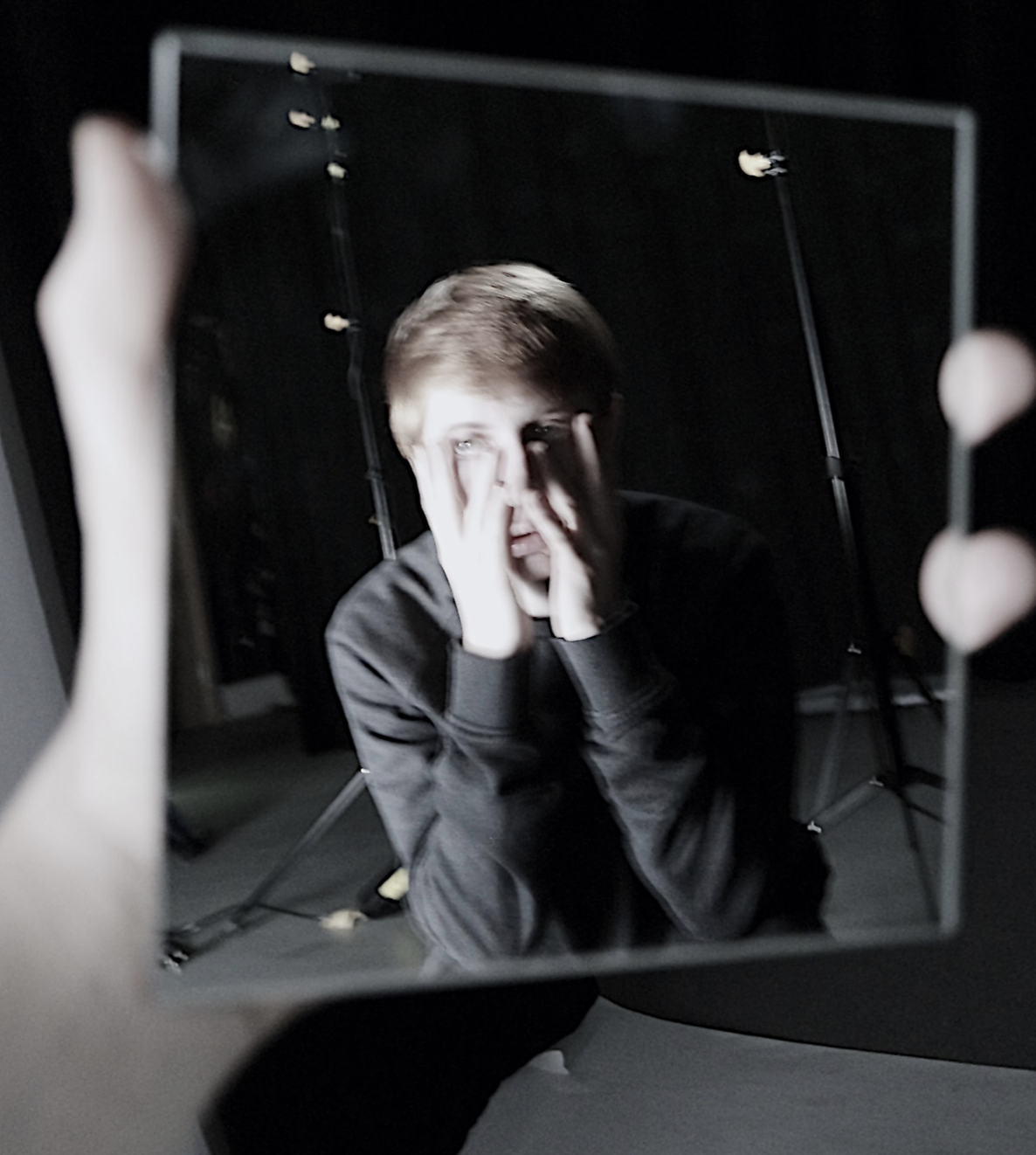
Within these two images I wanted a different version of looking at yourself and a different representation and angle.The first image is glass lined up on a floor in order to show the reflection of the face in interesting forms and angles being moved by how the mirror is paced itself, the section image I wanted to show a sense of struggle whiten the image and how they too blend in within the background and can be reflected as unseen.

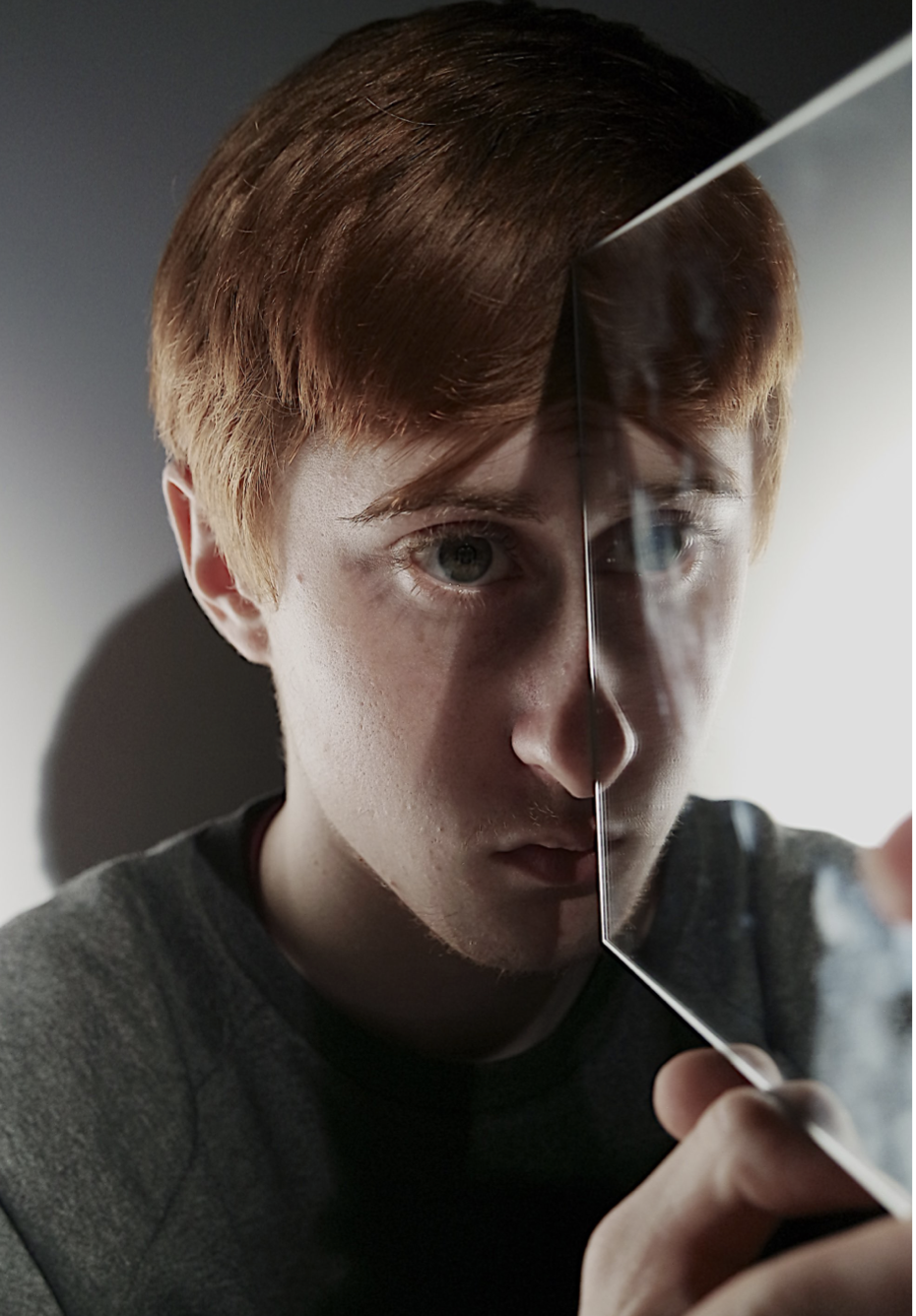 Lastly here I wanted to portray more interesting illusions whiten the face itself and how angling the mirror can cause a different view all dependent on the angle room which you look.I wanted multiple faces and representation of the person and how two sides to a person can all be very different.
Lastly here I wanted to portray more interesting illusions whiten the face itself and how angling the mirror can cause a different view all dependent on the angle room which you look.I wanted multiple faces and representation of the person and how two sides to a person can all be very different.
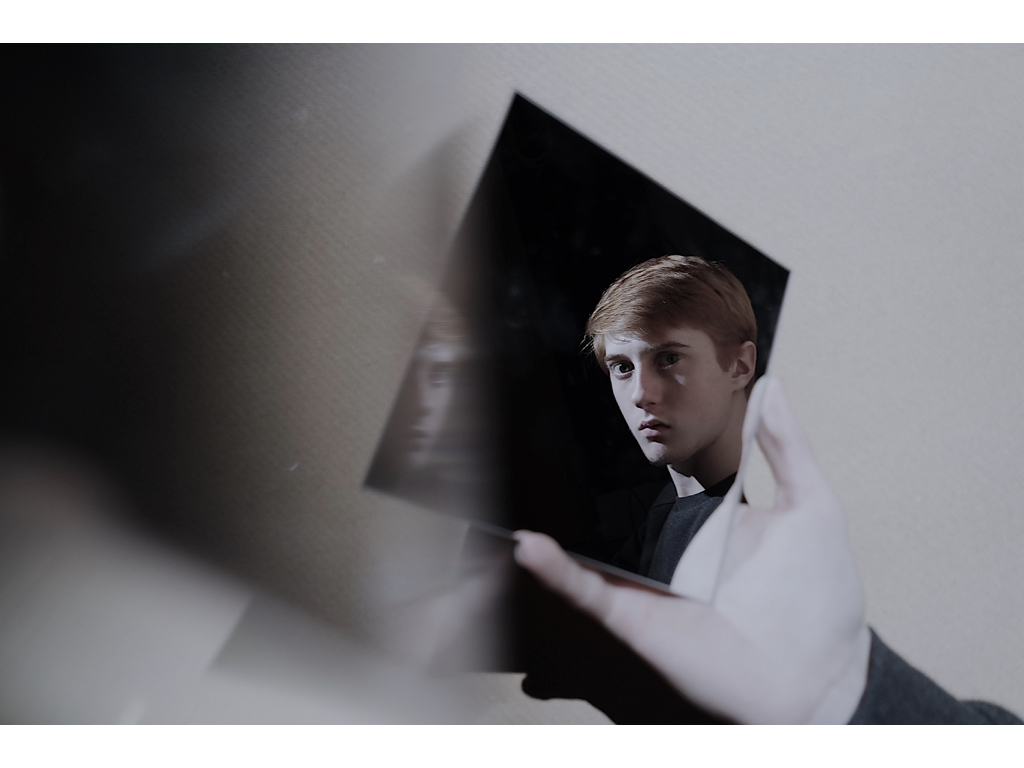
 These two images I chose because as seen as before there is a direct interest and question within the image of feeling and attitudes reflected within the deeper tones and self repletion of reflection. The first image within gun looking down allows a sense of unwillingness to know or find who they are or wants to be and surrounded by nothing and no-one. The second image I used a prism to show what looks like blur of slow shutter speed but is really used in order to create a duplication of the face within the scenario.
These two images I chose because as seen as before there is a direct interest and question within the image of feeling and attitudes reflected within the deeper tones and self repletion of reflection. The first image within gun looking down allows a sense of unwillingness to know or find who they are or wants to be and surrounded by nothing and no-one. The second image I used a prism to show what looks like blur of slow shutter speed but is really used in order to create a duplication of the face within the scenario.
evaluation:Overall with this shoot i think it is a successful modification of my original ideas and allows more illusions and possibly stronger attachments to my other shoots,I allowed for my colors to not be completely absent and still be shown throughout but also symbolize the loss of identity occurring throughout.there is not too much editing within the images due to me seeing this as unnecessary and the mirrors already positively create the aspects I was originally trying to achieve.

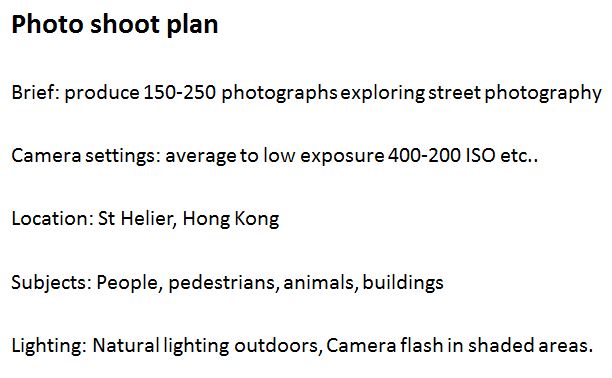 Photo Shoot Sheet
Photo Shoot Sheet

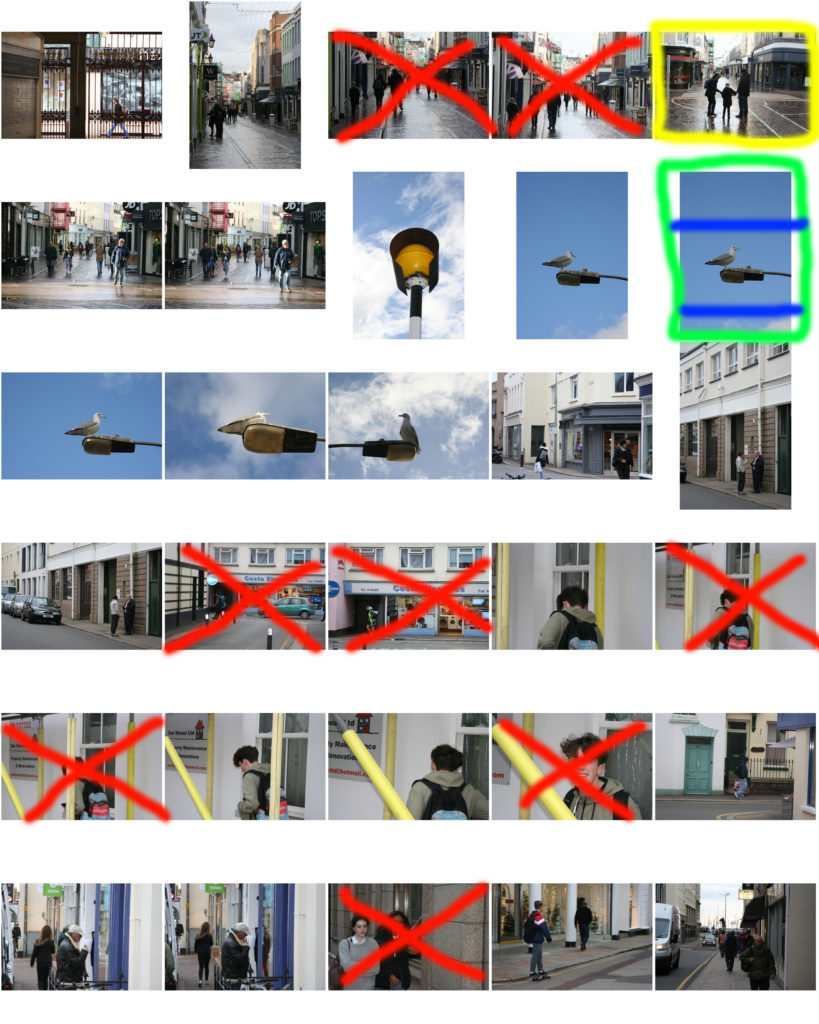

 Favourite Photograph Edits
Favourite Photograph Edits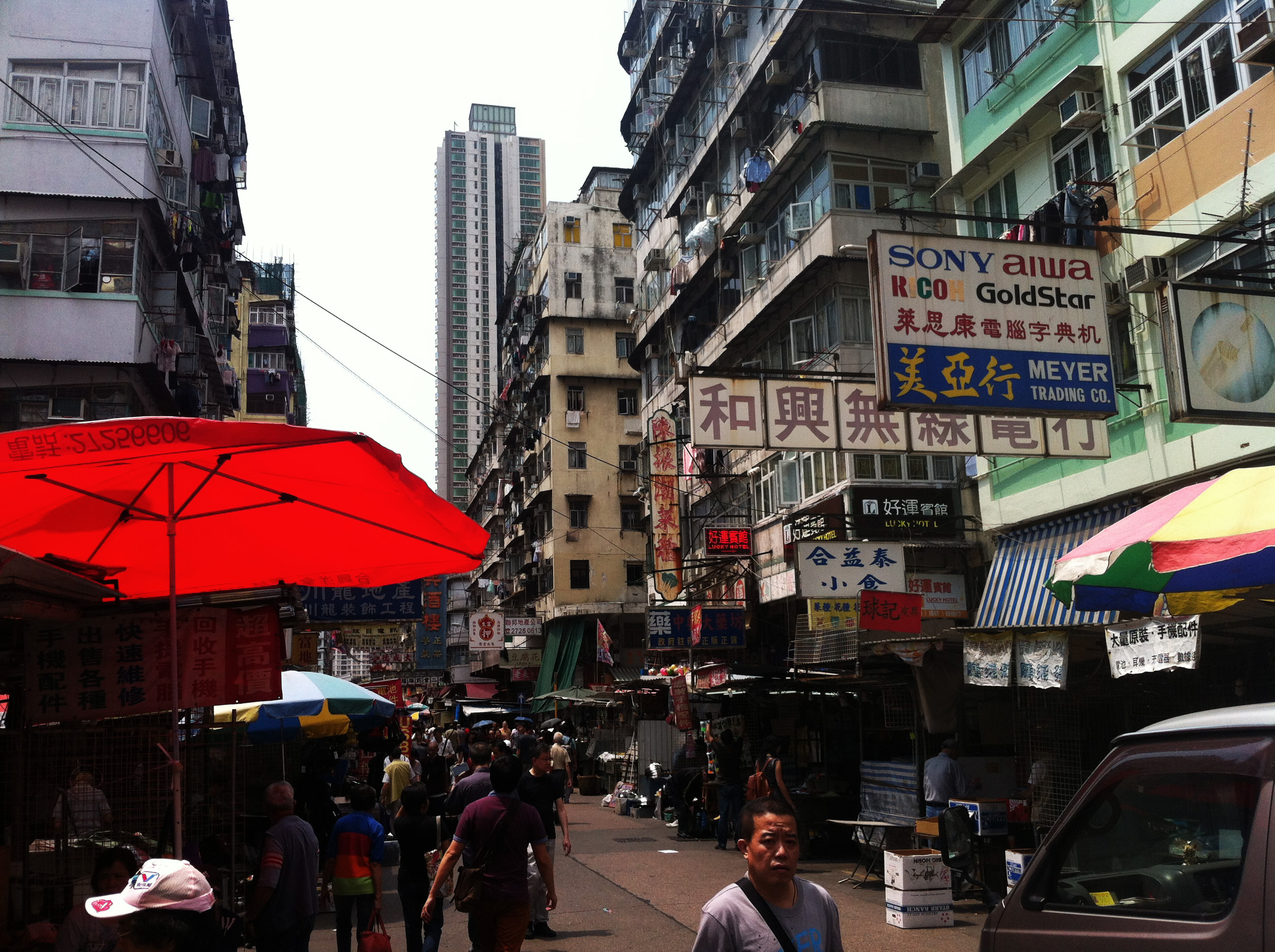
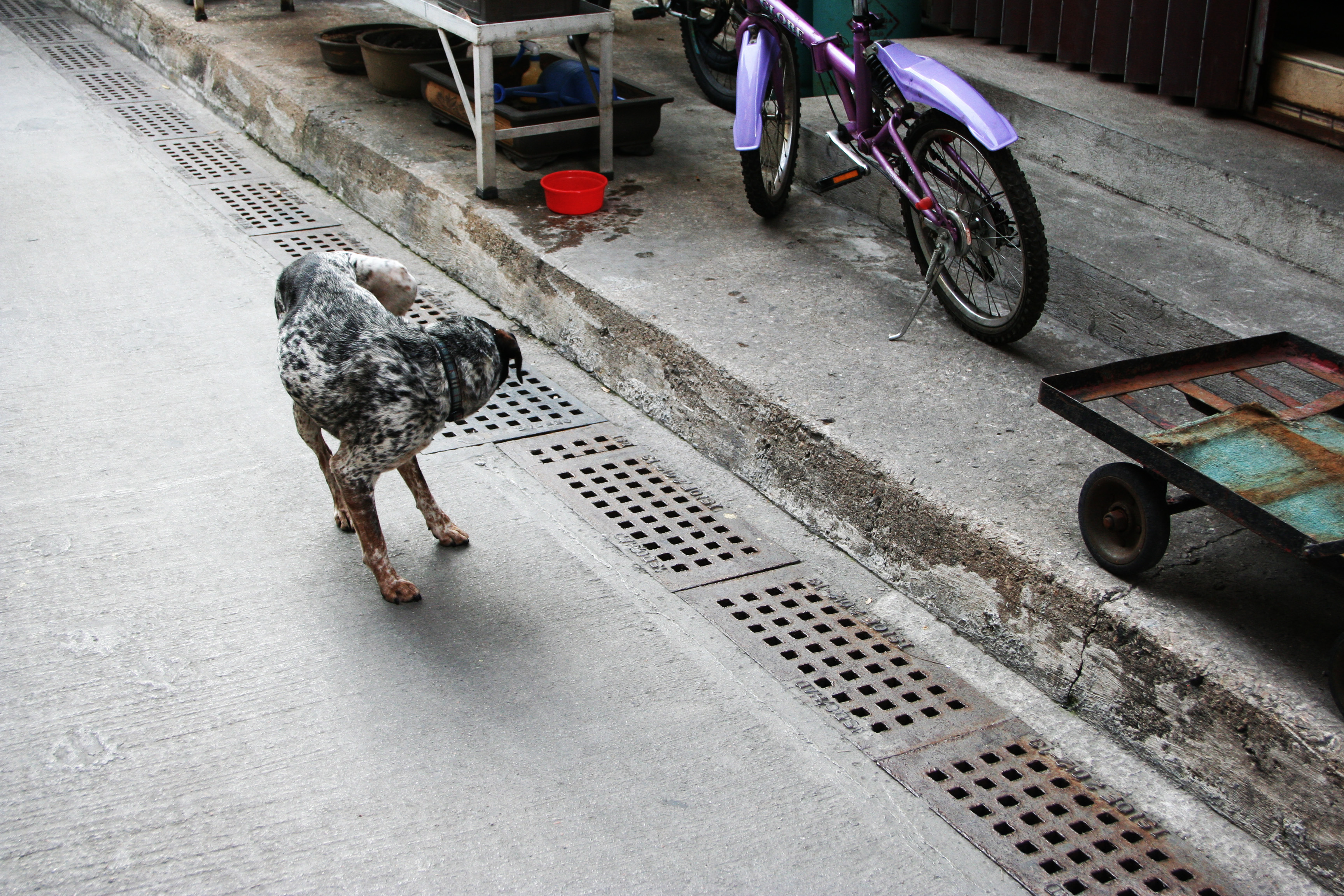
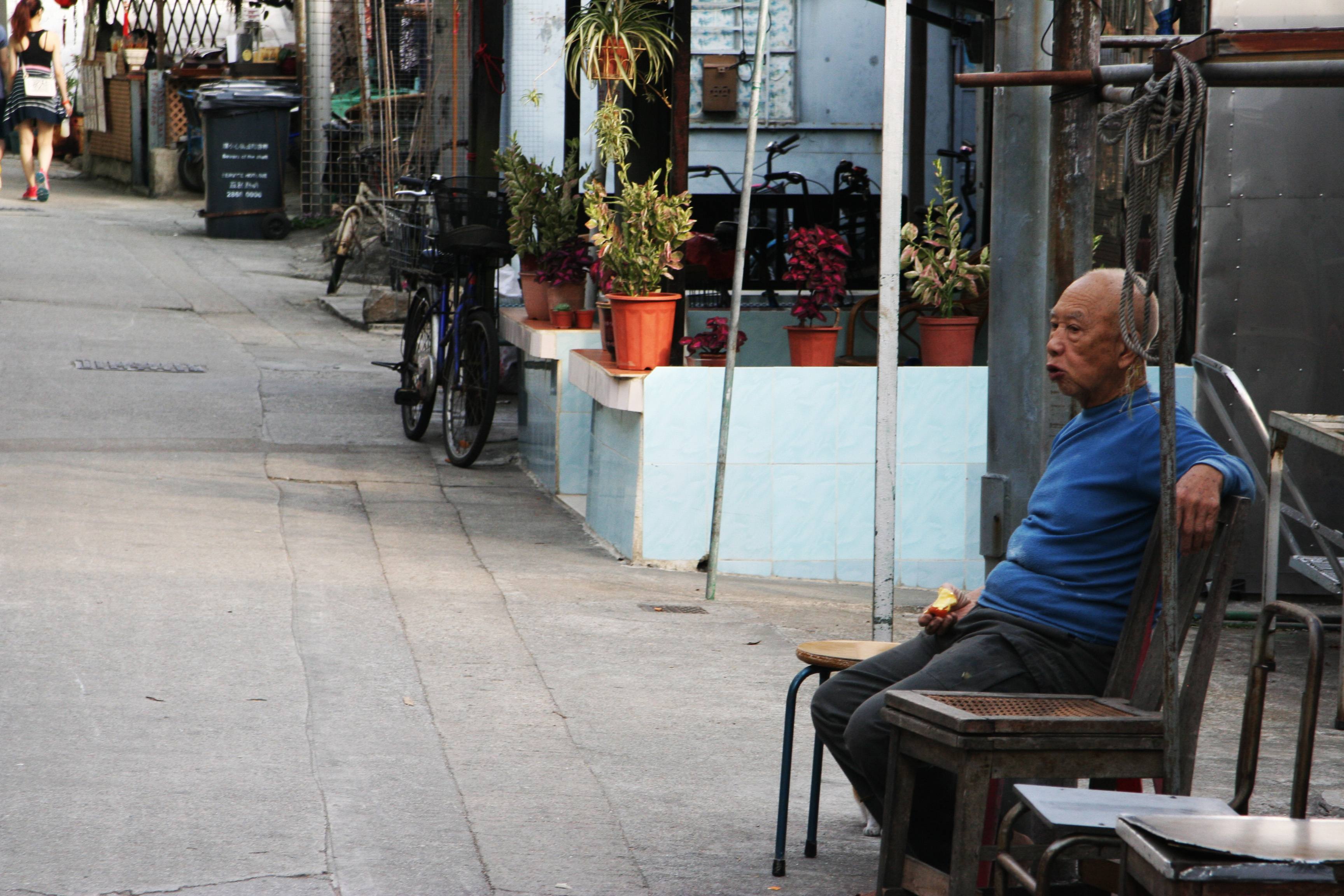






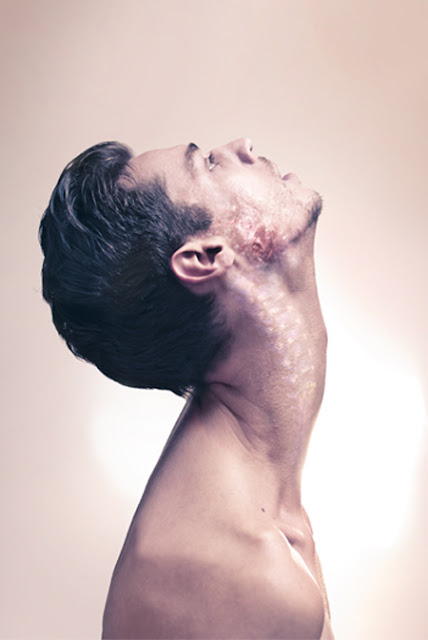





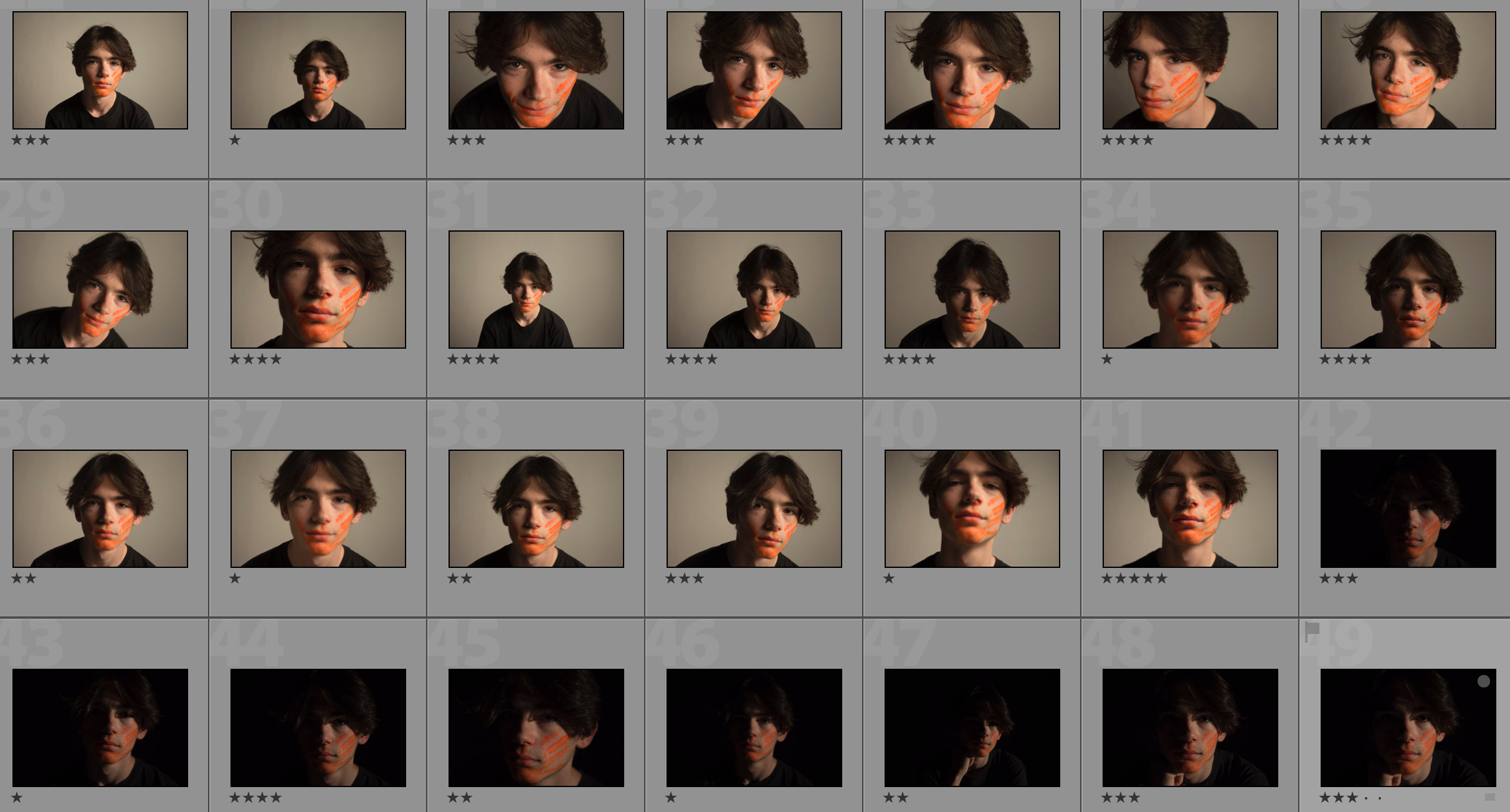
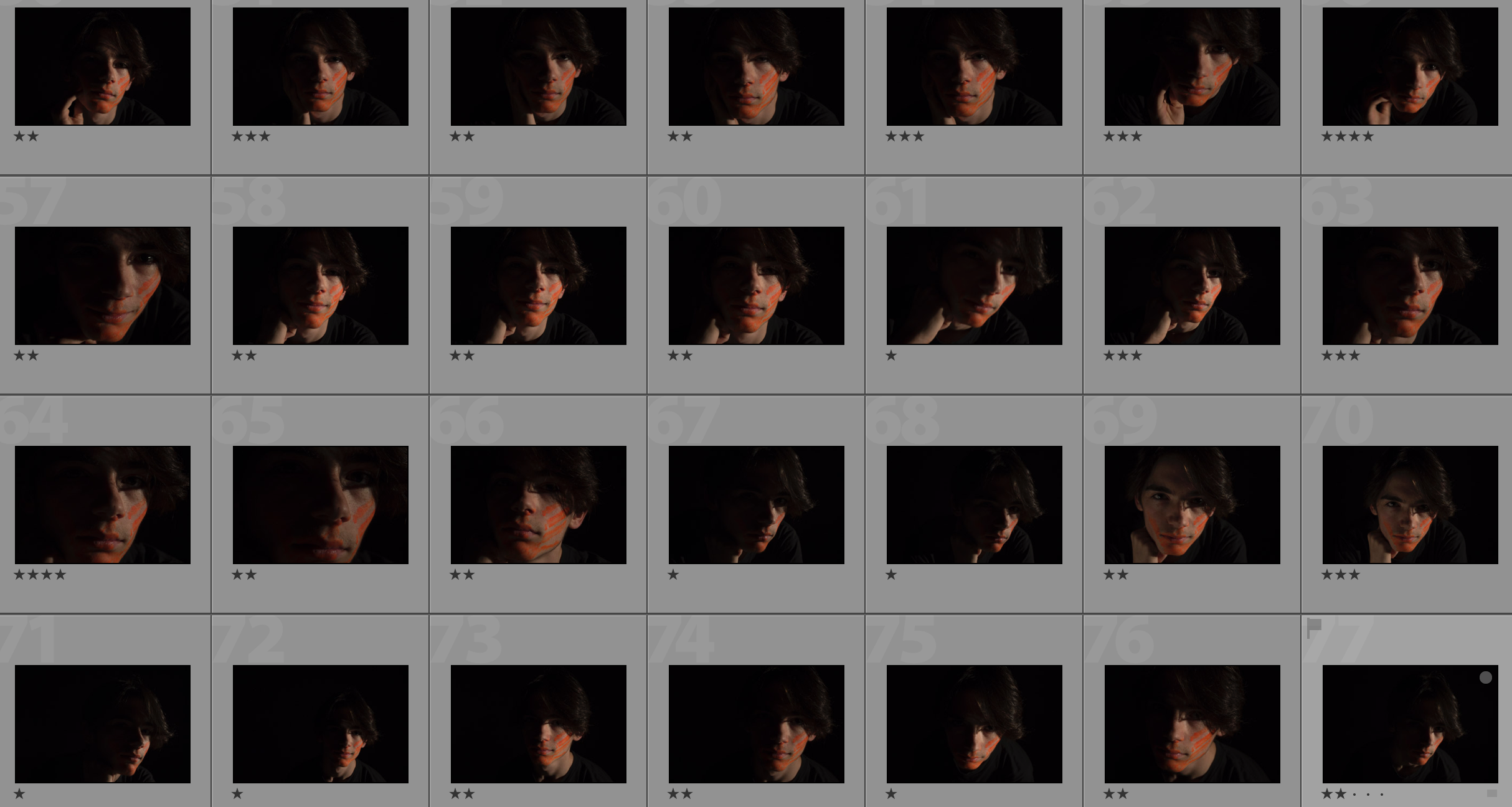



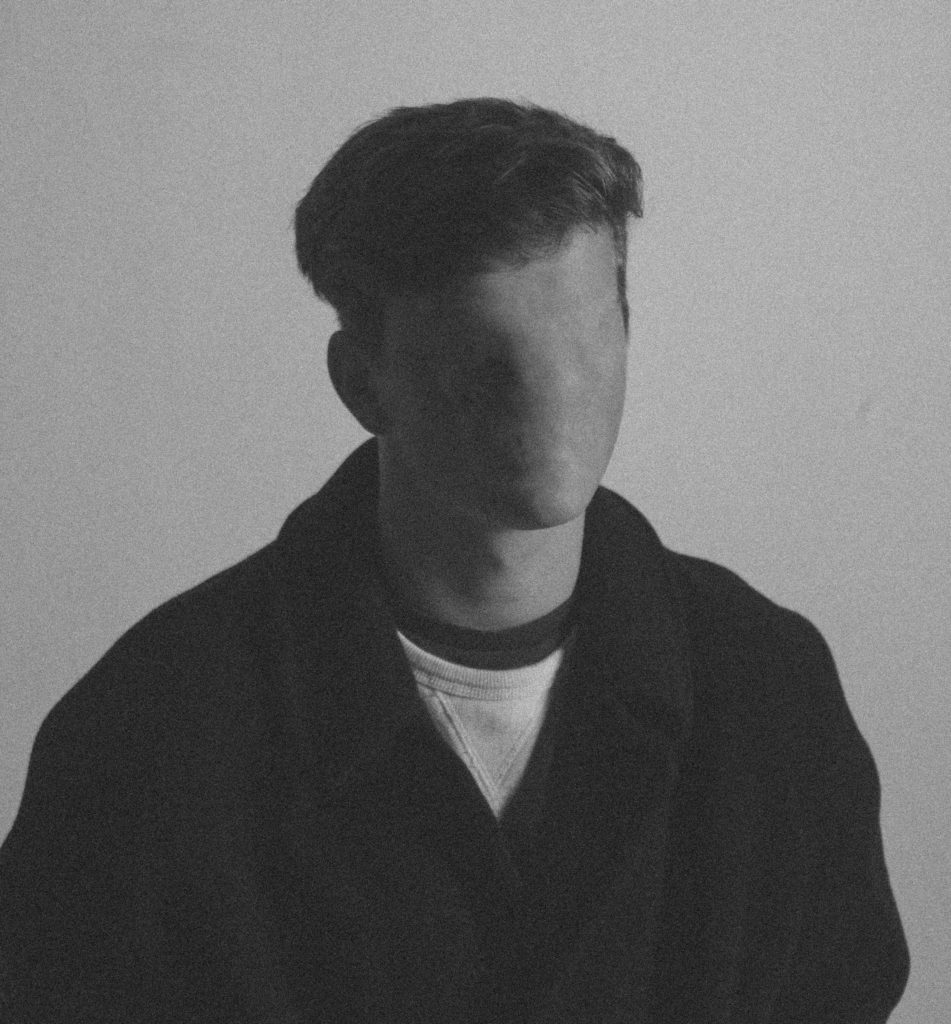

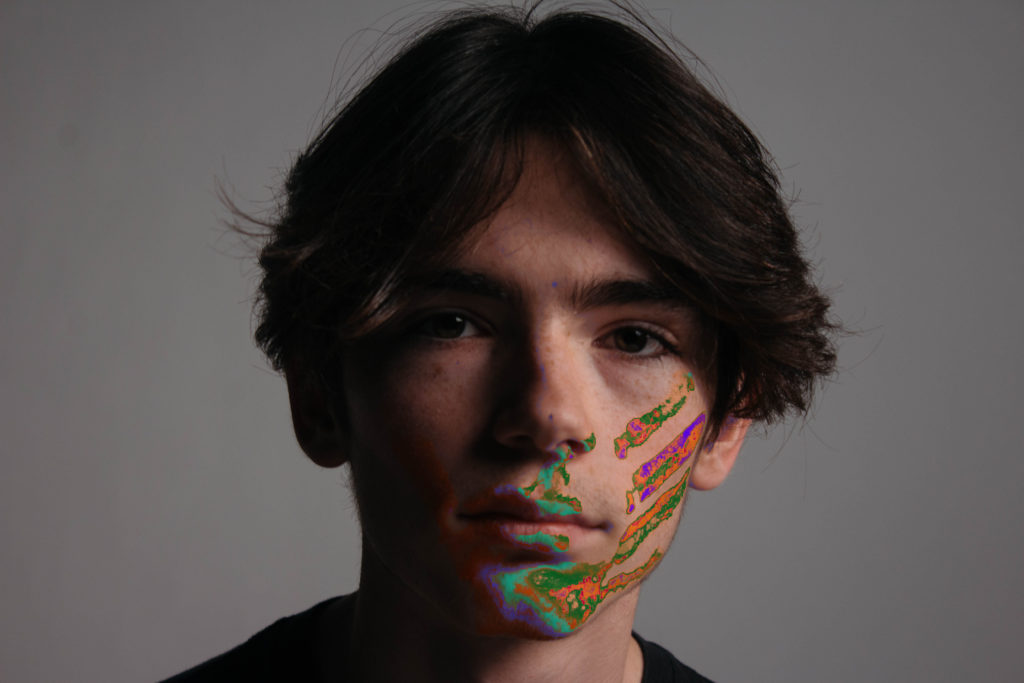












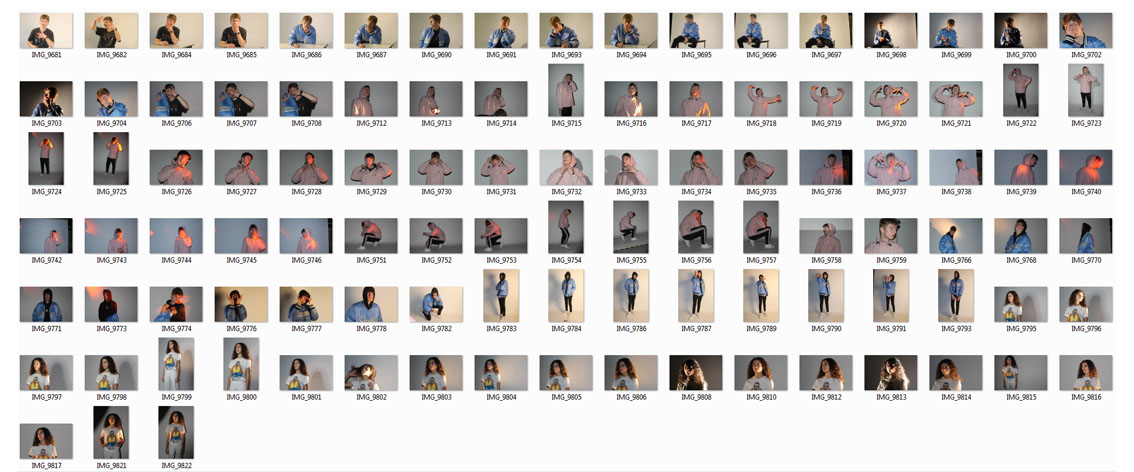
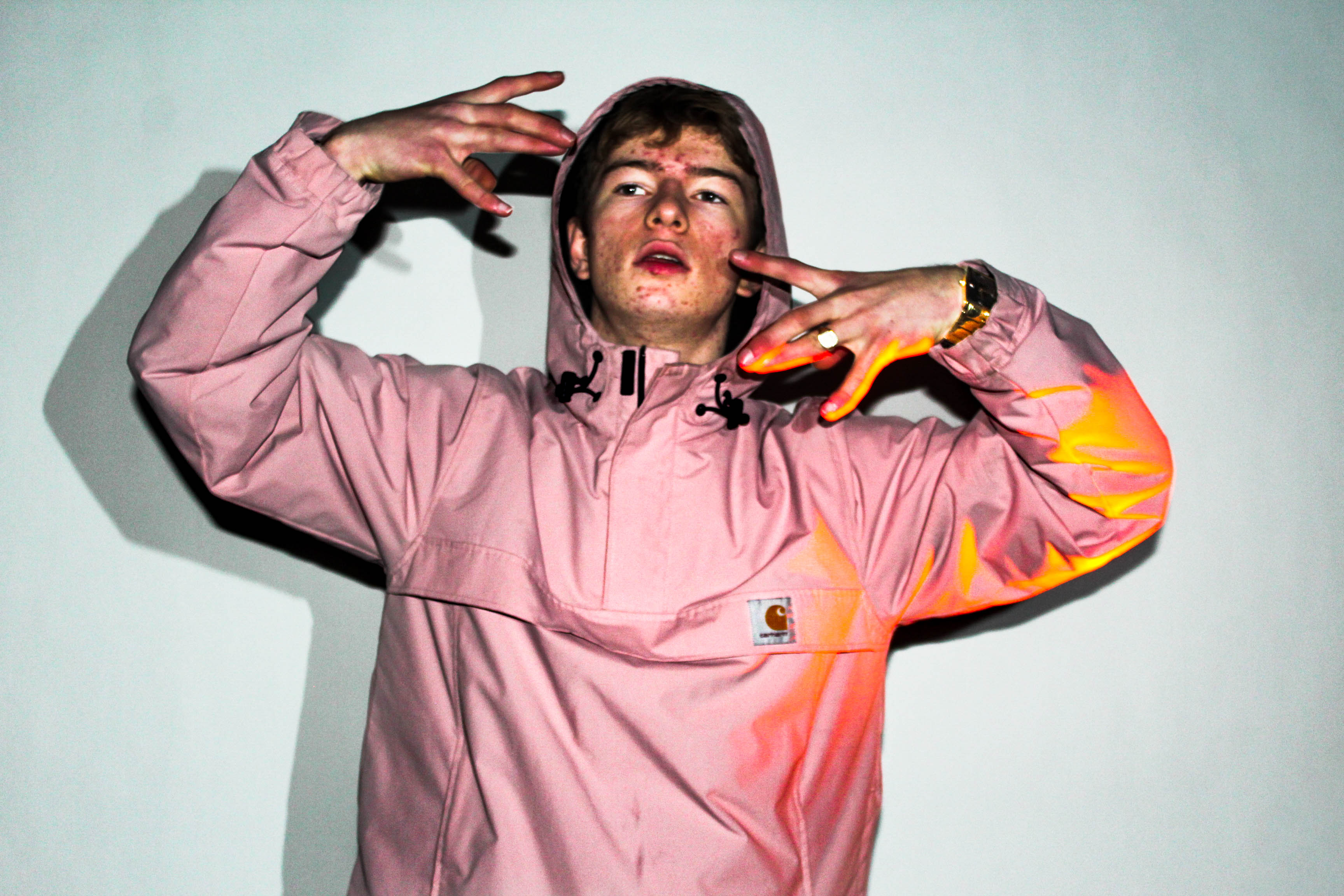
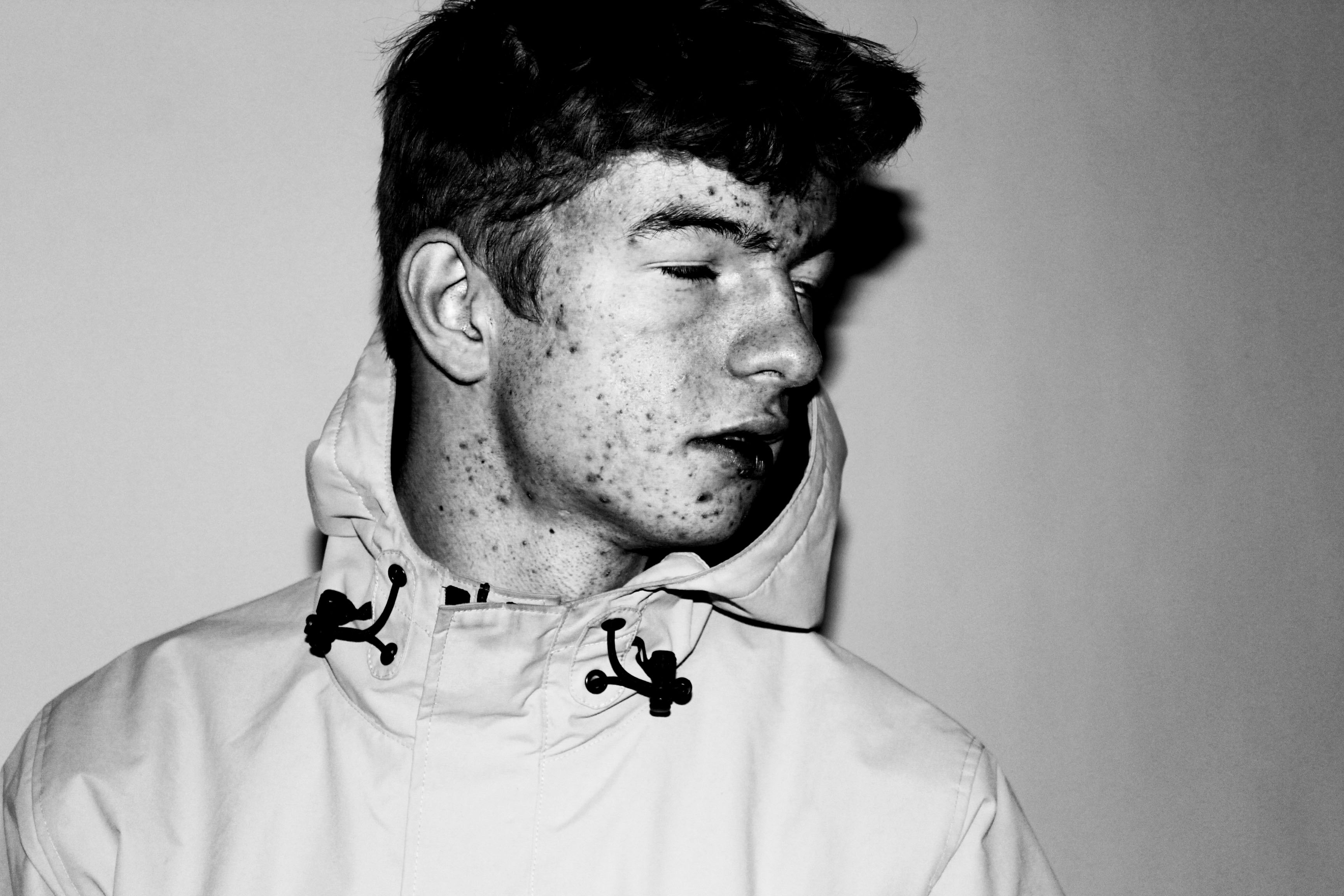

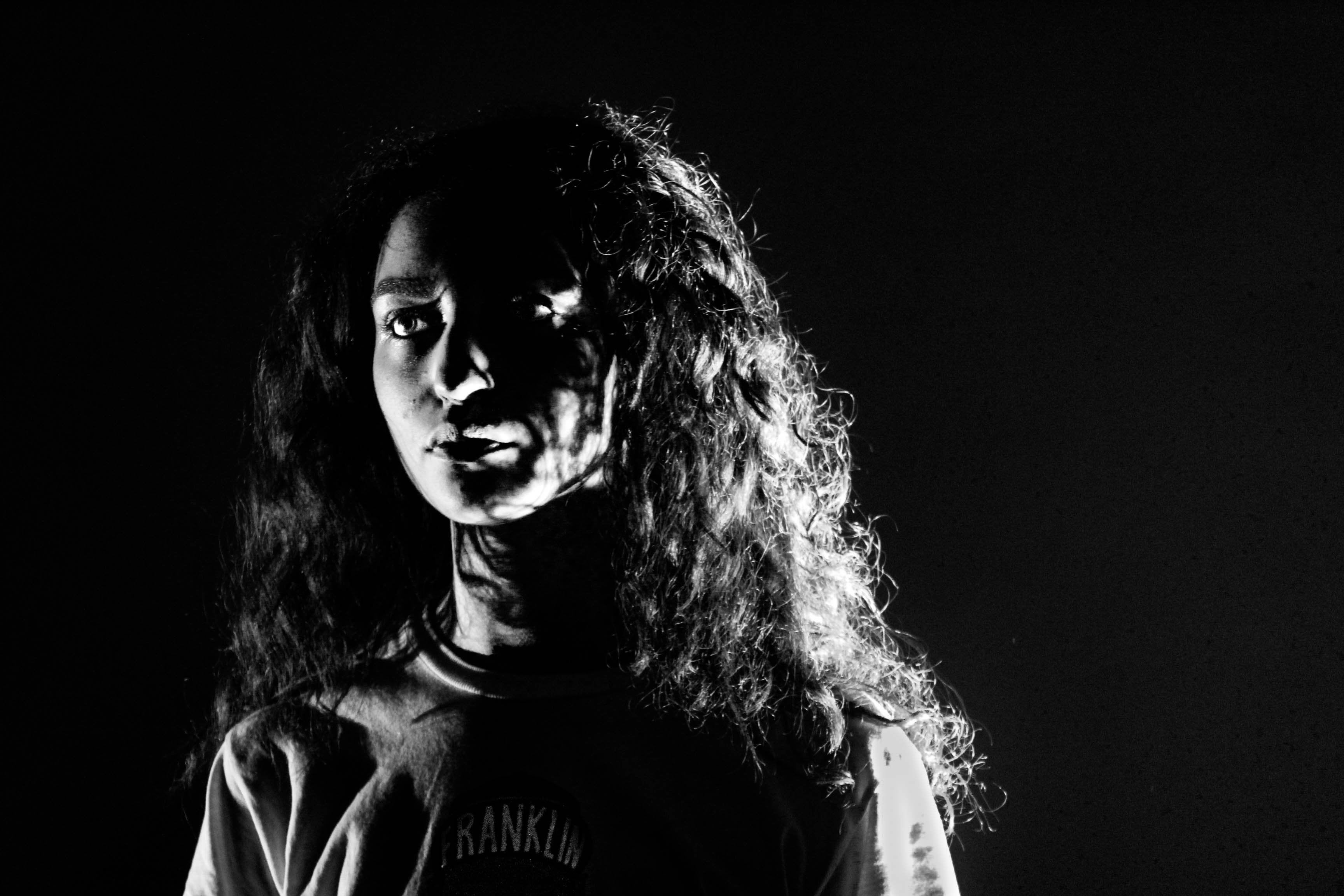

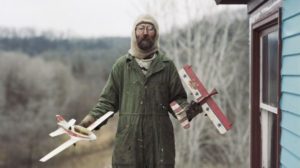



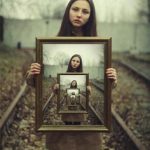

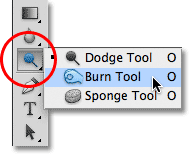




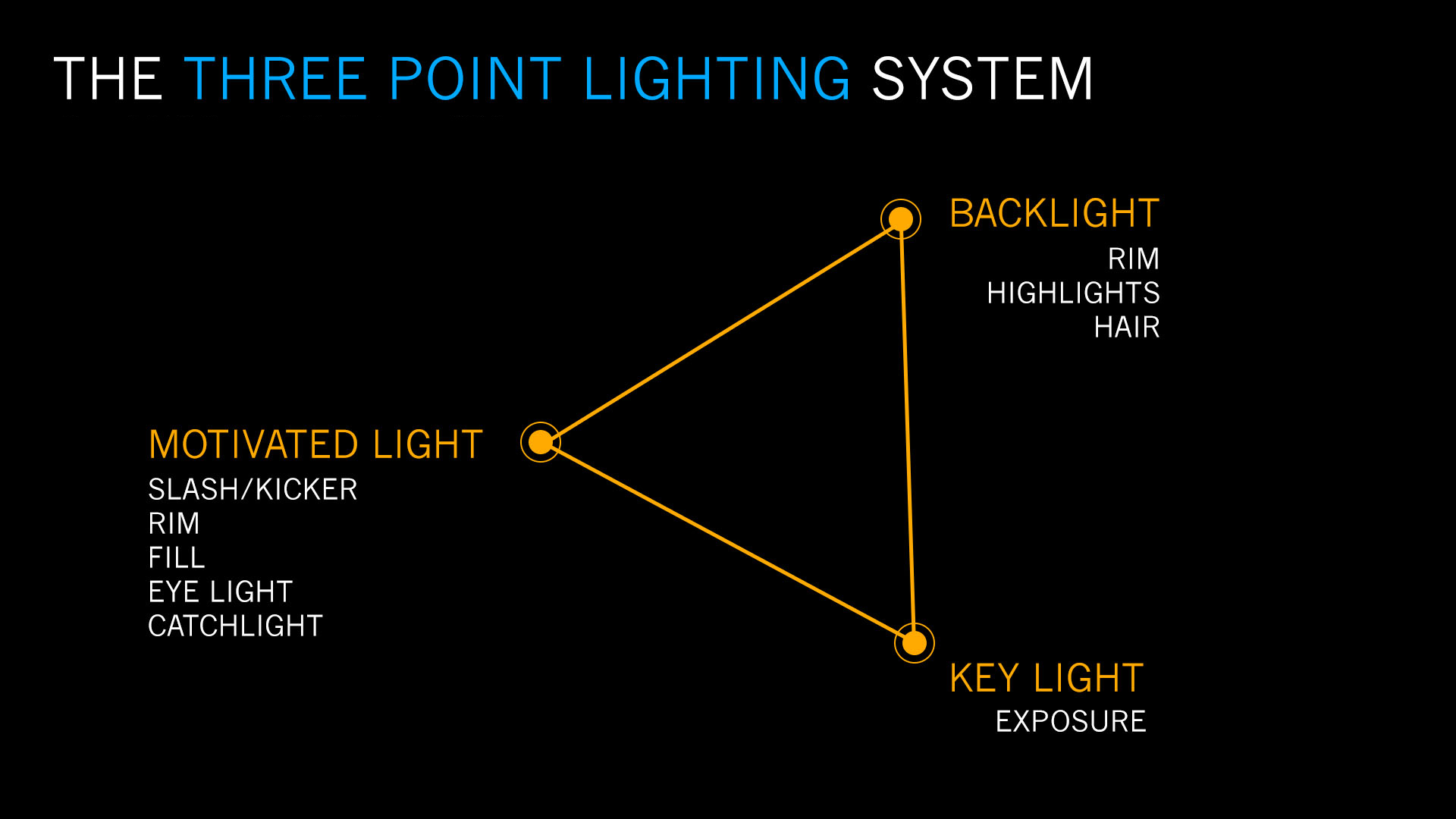 In this shoot I used the artificial lighting provided by the spotlights, to create a dramatic, almost black background, whilst using a red film to cast a reddish shadow onto the subjects face. I tried to position the subject's face using the rule of thirds, so that the eye was drawn to the face almost immediately, whilst blending in some of the subject's clothes into the darkness to create a smooth visually pleasing image.
This was my response:
In this shoot I used the artificial lighting provided by the spotlights, to create a dramatic, almost black background, whilst using a red film to cast a reddish shadow onto the subjects face. I tried to position the subject's face using the rule of thirds, so that the eye was drawn to the face almost immediately, whilst blending in some of the subject's clothes into the darkness to create a smooth visually pleasing image.
This was my response:
 Final pictures:
Final pictures:
 I chose this image because I loved how the subject emerged from the darkness through the slow faint gradient of the red. This I found created a more dramatic effect to the overall image taken.
I chose this image because I loved how the subject emerged from the darkness through the slow faint gradient of the red. This I found created a more dramatic effect to the overall image taken. What I liked about this image was how not all of the subjects profile was shown, as there is a clear contrast between the light and dark side of the face. This created a more abstract effect where the body seemingly is materializing from the darkness.
What I liked about this image was how not all of the subjects profile was shown, as there is a clear contrast between the light and dark side of the face. This created a more abstract effect where the body seemingly is materializing from the darkness.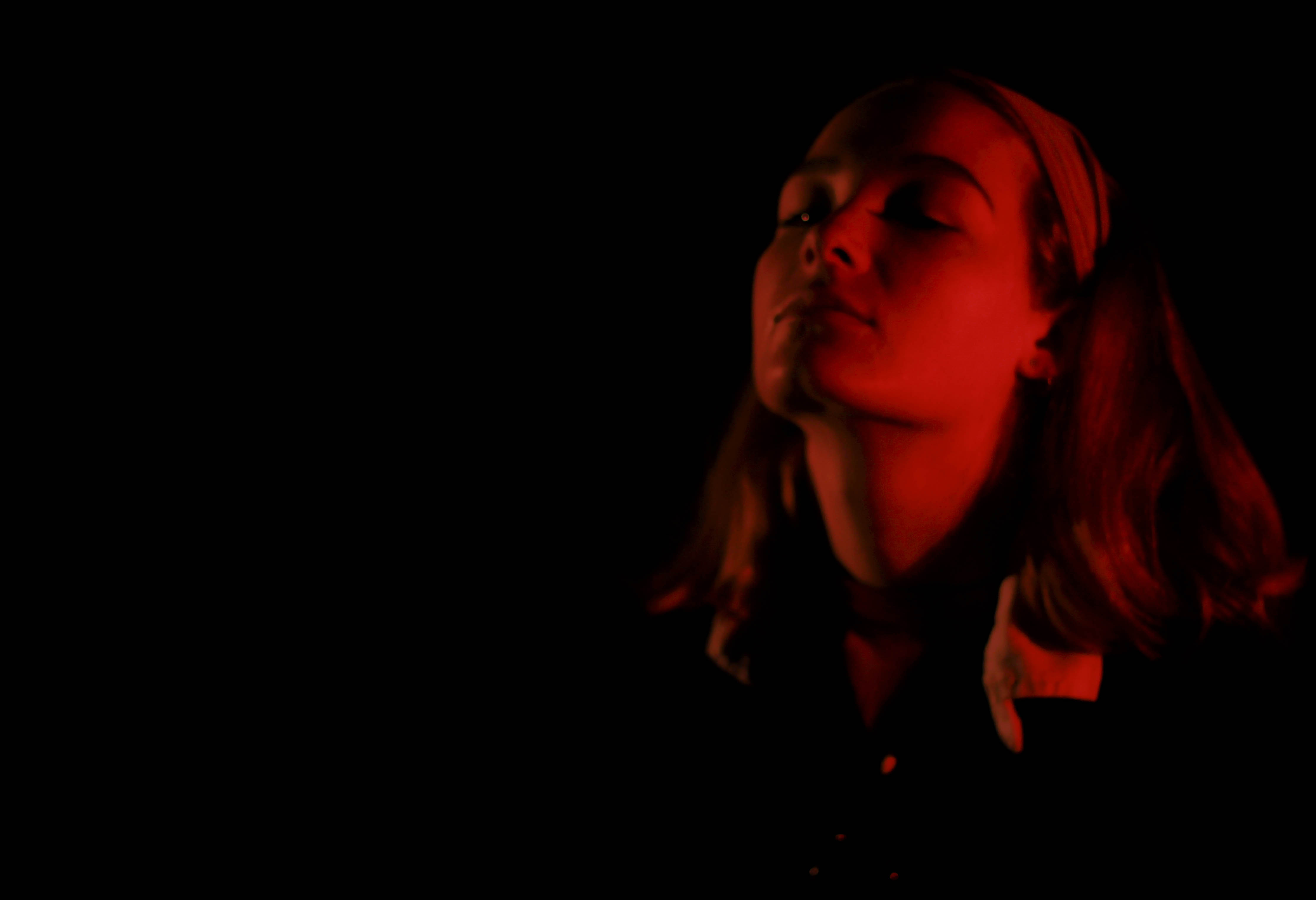 I found that the clear definition between certain points of the subjects face, such as the neck and forehead allowed from a most striking and dramatic look from the individual.
I found that the clear definition between certain points of the subjects face, such as the neck and forehead allowed from a most striking and dramatic look from the individual.  What I really liked about this image was the use of the main light only being used. By doing so it created a circular spotlight illuminating only the top half of the subject's body, whilst making an imposing and strong contrasted image.
What I really liked about this image was the use of the main light only being used. By doing so it created a circular spotlight illuminating only the top half of the subject's body, whilst making an imposing and strong contrasted image. The use of the shadow in this image allows for a strong contrast created by the singular spotlight, to which the slight gradient around the edges makes the overall image more sinister.
The use of the shadow in this image allows for a strong contrast created by the singular spotlight, to which the slight gradient around the edges makes the overall image more sinister. I wanted to apply this to an image of mine to see the effects that could be made. These were my steps:
1) Navigate to the selection bar on the left, and pick the burn tool.
I wanted to apply this to an image of mine to see the effects that could be made. These were my steps:
1) Navigate to the selection bar on the left, and pick the burn tool. 2) Select a suitable size for the brush to match the face, and go over the parts of the face I want to darken once.
2) Select a suitable size for the brush to match the face, and go over the parts of the face I want to darken once. 3) Go back to the bar on the left and select the dodge tool instead, from there I lightened the parts of the image I wanted to have a clear contrast from the darkness.
3) Go back to the bar on the left and select the dodge tool instead, from there I lightened the parts of the image I wanted to have a clear contrast from the darkness.







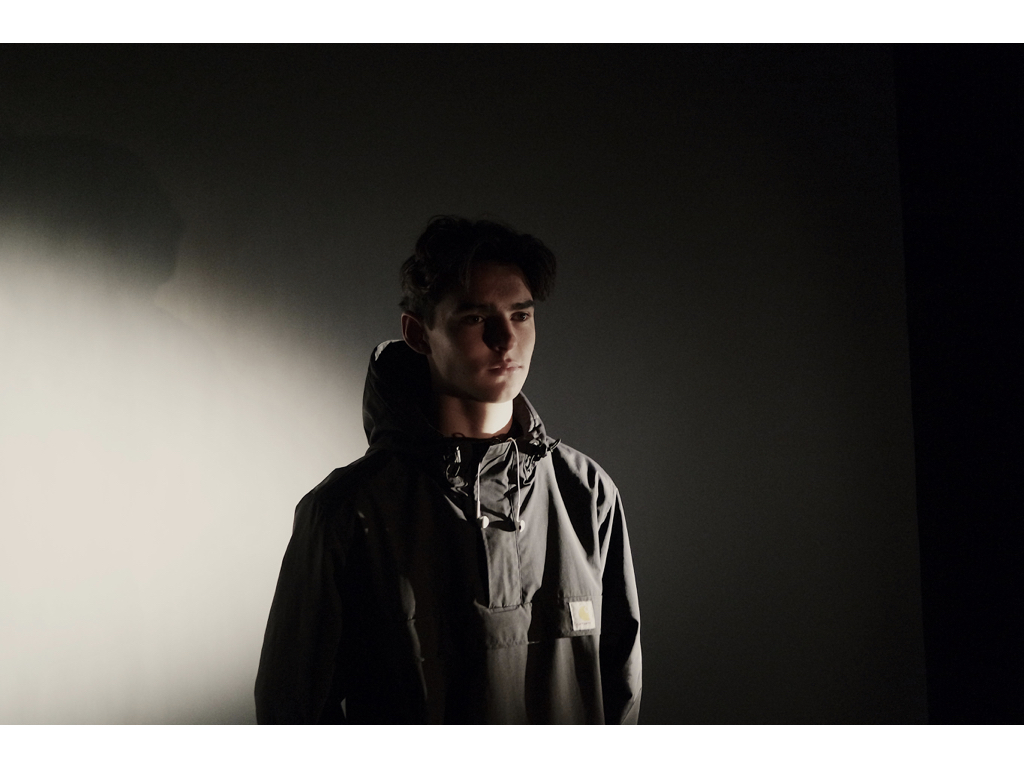

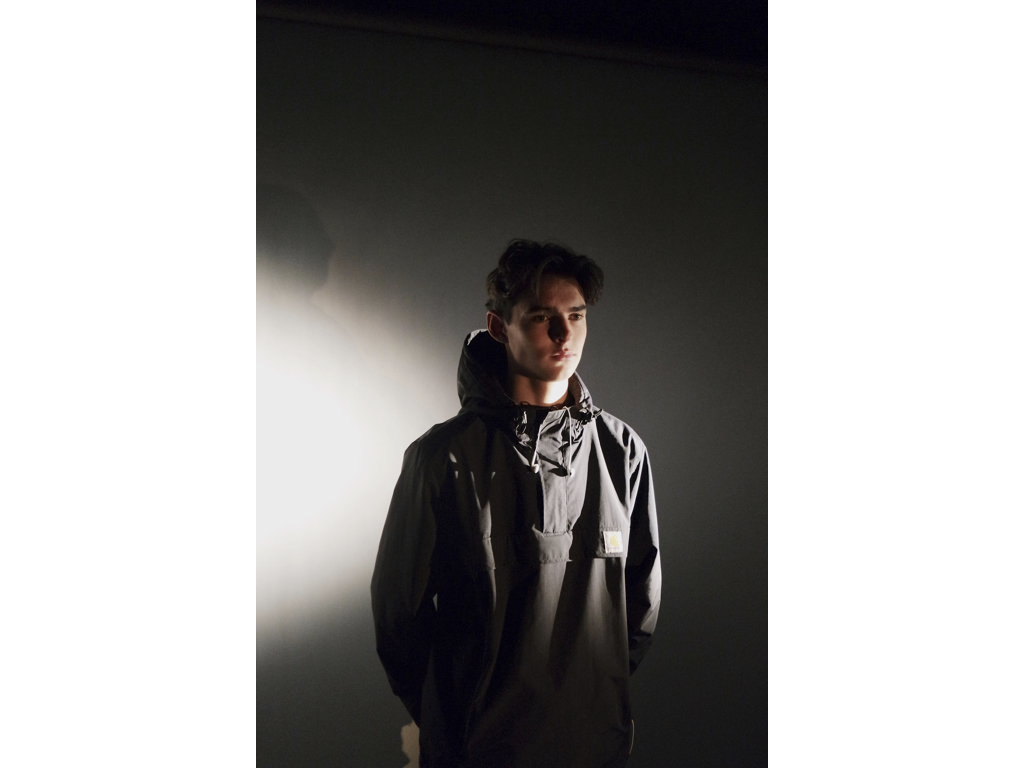




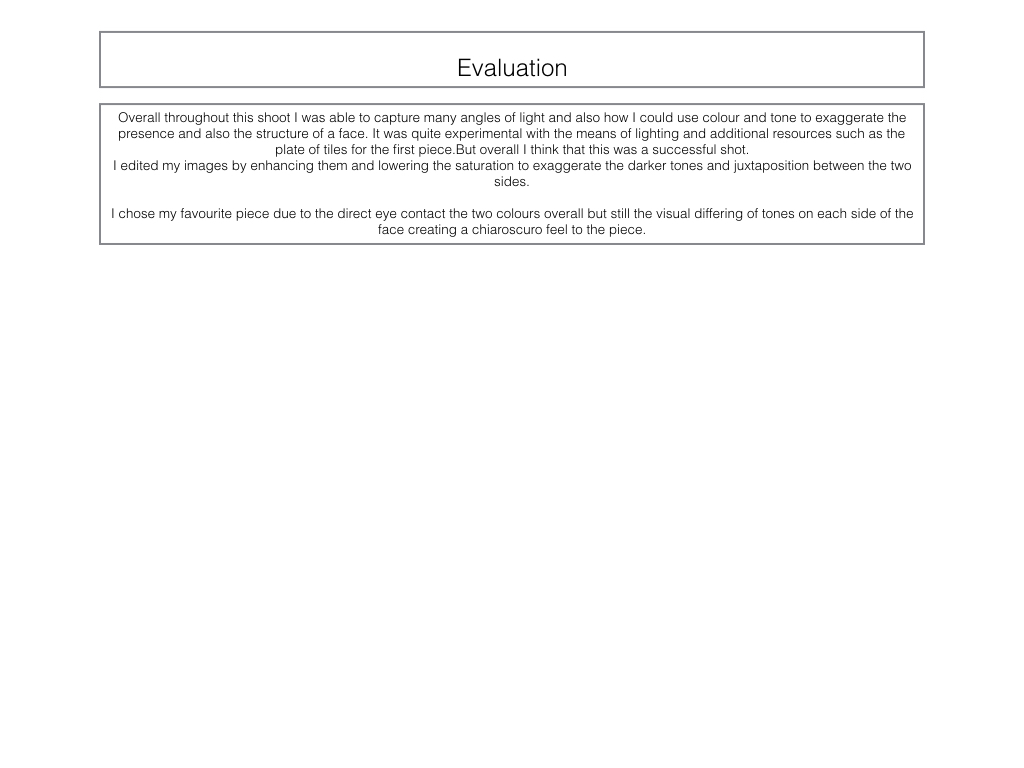
 How is it used in modern photography?
Chiaroscuro is used within modern photography today to create dramatic portraits by making certain aspects of an image once again stand out as seen below:
How is it used in modern photography?
Chiaroscuro is used within modern photography today to create dramatic portraits by making certain aspects of an image once again stand out as seen below: